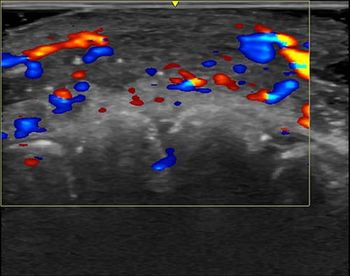
PACS goes it alone without RIS
While much of the literature suggests that having a RIS is critical to PACS success, one California outpatient medical group has found that interfacing PACS with an electronic medical record instead provides an adequate alternative solution.
While much of the literature suggests that having a RIS is critical to PACS success, one California outpatient medical group has found that interfacing PACS with an electronic medical record instead provides an adequate alternative solution.
The high cost of RIS purchase plus the existence of an EMR system already in the facility were key factors in the Sutter Gould Medical Foundation decision to proceed with PACS sans RIS.
One immediate challenge was communication with the vendor. Most vendors are accustomed to installing PACS with a RIS.
"Our installation would be unique," said Roberta Edge, director of imaging services at the Modesto, CA, facility.
Edge documented Sutter's experience in a recent paper (Radiol Manage 2004;26(4):28-34).
The flow of electronic data and the redesign of staff workflow during PACS implementation were by far the most critical steps in the project, Edge said.
"It is one thing to design workflow where the information systems are integrated to provide a near seamless transfer of admissions, discharge, and demographic data input at the point of registration to images sets and report availability on the PACS," she said. "It is quite another to design a workflow strategy that meets clinician expectations while at the same time maintaining the efficacy of data into and out of the PACS without the benefit of a RIS."
In the end, the EMR would emerge as the driver of the PACS.
In order to create a finalized PACS record, the EMR had to be designed not only to drive the system via orders, but also to package results in the form of radiology reports to be delivered to the PACS.
"Outbound results out of the EMR were a function that had never been provided by our system," Edge said.
Success required working with various vendors to create HL7-compliant interfaces on shared systems through a common engine.
"As a result, we were able to do away with the paper requisition that is so prevalent in other PACS implementations," Edge said.
A hyperlink appears at the end of the EMR report for clinicians who wish to view the images or share the studies with the patient.
Newsletter
Stay at the forefront of radiology with the Diagnostic Imaging newsletter, delivering the latest news, clinical insights, and imaging advancements for today’s radiologists.




























